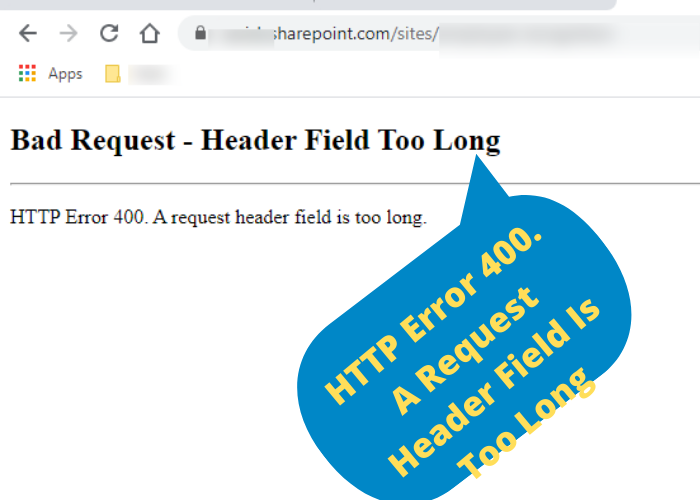
Normally, when you make a request for something on the internet, your browser sends along a “header” containing all sorts of information about the request. This helps web servers understand what kind of content you’re asking for and how to best deliver it. However, sometimes a header field can be too long – and that’s when you get an http error 400. In this blog post, we’ll take a look at what that means, and how to fix it. Stay tuned!
What Is an HTTP Error 400 and What Does It Mean for Your Website or Blog?
HTTP error 400 is one of the most common errors that can occur when trying to access a website or blog. There are several possible causes for this error, but the most common is that the website or blog you are trying to reach is unavailable. This can happen for a variety of reasons, including server issues, incorrect DNS settings, or firewall issues. If you encounter HTTP error 400, the best thing to do is check with the website or blog owner to see if there is an issue on their end. If not, then it is likely that the problem lies with your internet connection. Try restarting your router or contacting your ISP for help. HTTP error 400 can be frustrating, but with a little troubleshooting, it is usually easy to fix.
How Can You Fix the Problem and Get Your Website Back Up and Running Again?
HTTP Error 400 is pretty simple to fix. You just need to contact your website’s support team and let them know about the problem. They’ll be able to help you troubleshoot the issue and get your site back up and running again in no time. In the meantime, you can try refreshing the page or clearing your browser’s cache and cookies. doing both of these things should help solve the problem. If not, then you’ll just have to wait until your website’s support team can help you out.
What Are Some of the Most Common Causes of HTTP Error 400 Messages on Websites?
HTTP error 400 messages are typically caused by four factors: invalid syntax, invalid URL, invalid command, or a HTTP protocol violation. Invalid syntax is the most common cause of HTTP error 400 messages, and is often the result of a typo in the URL. Invalid URL is another common cause, and can be caused by an incorrect HTTP method being used (e.g., GET instead of POST). Invalid commands can be caused by an incorrect HTTP verb being used (e.g., PUT instead of POST), or by using an HTTP verb that is not supported by the website. Finally, HTTP error 400 messages can also be caused by a HTTP protocol violation. This can occur when the website’s server is configured to accept only certain HTTP methods or headers, or when the website is behind a firewall that is blocking certain HTTP traffic. In any case, HTTP error 400 messages are usually easy to fix; simply check the URL for typos, ensure that the correct HTTP method is being used, and verify that the website’s server is configured to accept the HTTP traffic you are sending
Is There Anything You Can Do To Prevent This Type of Error From Happening in the Future?
HTTP error 400 is a client-side error that indicates that the request made by the client was invalid. There are several potential causes of this error, including incorrect syntax, invalid data, or missing data. To prevent HTTP error 400 from happening in the future, it is important to check the syntax of your requests and ensure that all required data is included. Additionally, you can use a tool like Fiddler to capture HTTP traffic and help identify any potential issues. By taking these steps, you can help to ensure that your HTTP requests are valid and avoid HTTP error 400.
Are There Any Other Types of Errors That Might Occur on Your Website, and How Can You Fix Them if They Do Happen?
HTTP error 400, otherwise known as a “bad request” error, means that the request you’re sending to the server is invalid. This can be caused by a number of things, including an incorrect URL, missing data, or invalid characters. If you see this error on your website, there are a few things you can do to fix it. First, check the URL to make sure it’s entered correctly. If it is, try reloading the page. If that doesn’t work, try clearing your browser’s cache and cookies. If none of these solutions work, contact your web host to see if they can help. HTTP error 400 is a common error, but with a little troubleshooting, it’s usually easy to fix.










